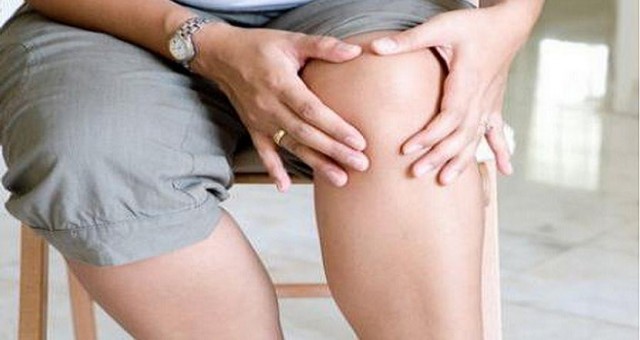Overweight and Osteoarthritis
Arthritis, in general terms, is wearing out of the lining of the joint, which is called cartilage. Every joint- knee or hip joint, which moves has a layer of about 8 to 12mm of cartilage, which is as smooth as a billiard ball. If cartilage is injured or eaten away or goes through natural wear and tear, it leads to arthritis. Osteoarthritis is a form of arthritis which can affect any joint, including the spine. It is the form of joint disease and is more pronounced in the case of elderly persons. Wear and tear of joints, due to aging leads to osteoarthritis. But this is not the single reason for the disease. There are other contributing reasons such as
- genetic factors,
- lack of nutrition and vitamins,
- Vitamin A, C and E have the potential to protect against tissue damage.
- Vitamin D plays an important role in bone mineralisation.
Female hormonal deficiency in the case of post menopausal women, leading to estrogen deficiency is also considered a risk factor and women are more susceptible to osteoarthritis.
The Link — Obesity and Arthritis
In most of the cases, increased body weight contributes to the increased load transmitted across the weight bearing knees by a factor of three to seven times the body weight and leads to accelerated damage of the cartilage. Obesity is a potential risk factor for the onset and deterioration of musculoskeletal conditions of the hip, knee, ankle, foot and shoulder.
Majority of research have focused on the impact of obesity on bone and joint disorders, such as the risk of fracture and osteoarthritis. However, evidence indicates that obesity may also have a profound effect on soft-tissue structures, such as tendon, fascia and cartilage.
Although the mechanism remains unclear, the functional and structural limitations imposed by the additional loading of the locomotor system in obesity have been accepted to unduly raising stress within connective-tissue structures and the potential for musculoskeletal injury.
Obesity Trends in Adults with Arthritis
Considering the global increase in obesity and the rise in musculoskeletal disorders, there is a need to determine the physical consequences of loading of major structures of the locomotor system in the obese people and to establish how obesity may interact with other factors to potentially increase the risk of musculoskeletal diseases.
The relationship between obesity and osteoarthritis is stronger for the disease and is greater in women. The load transmitted to the knees varies with increased body weight.
Increase in life expectancy, coupled with overweight/ obese conditions of the population shall lead to a larger number of patients with knee problems due to osteoarthritis. Obesity and Arthritis Statistics
- Several changes, metabolic as well as functional, connect obesity with Osteoarthritis.
- Random trials show substantial and clinically relevant disability and symptoms – relief in obese patients with knee osteoarthritis following moderate weight loss.
- While exercises are good for the functional status in general, it is advisable initially to prescribe weight loss as therapy for patients with a combination of obesity and osteoarthritis.
Treatments and Practical Tips to Prevent or Avoid Osteoarthritis:
1. Avoid being obese/ overweight, with weight management diet schedule and proper exercise.
2. Ensure intake of vitamins A and C, through food and nutrient supplements.
3. Ensure muscle strength in quadriceps (thigh muscles).
4. Increased activities of kneeling, squatting, climbing stairs and lifting heavy loads cause abnormal loading across the knee joint and cartilage damage. To the extent possible, this may be reduced.
5 Emu oil is considered to provide relief for joint pains and arthritis.
7. Liberal intake of orange juice, sweet lime juice or Vitamin C enhance the efficacy of any anti-rheumatic drug, since Vitamin C can reduce skeletal pain.
8. Body massage with sesame or mustard oil helps to reduce the pain. The joints affected by pain can be massaged for longer time for pain relief.
9. Guggul, as a medicine for traditional Ayurvedic treatment is prescribed for osteoarthritis and obesity. However patients electing to undergo this treatment should be closely monitored and counseled about the need for dietary modifications and exercise.




